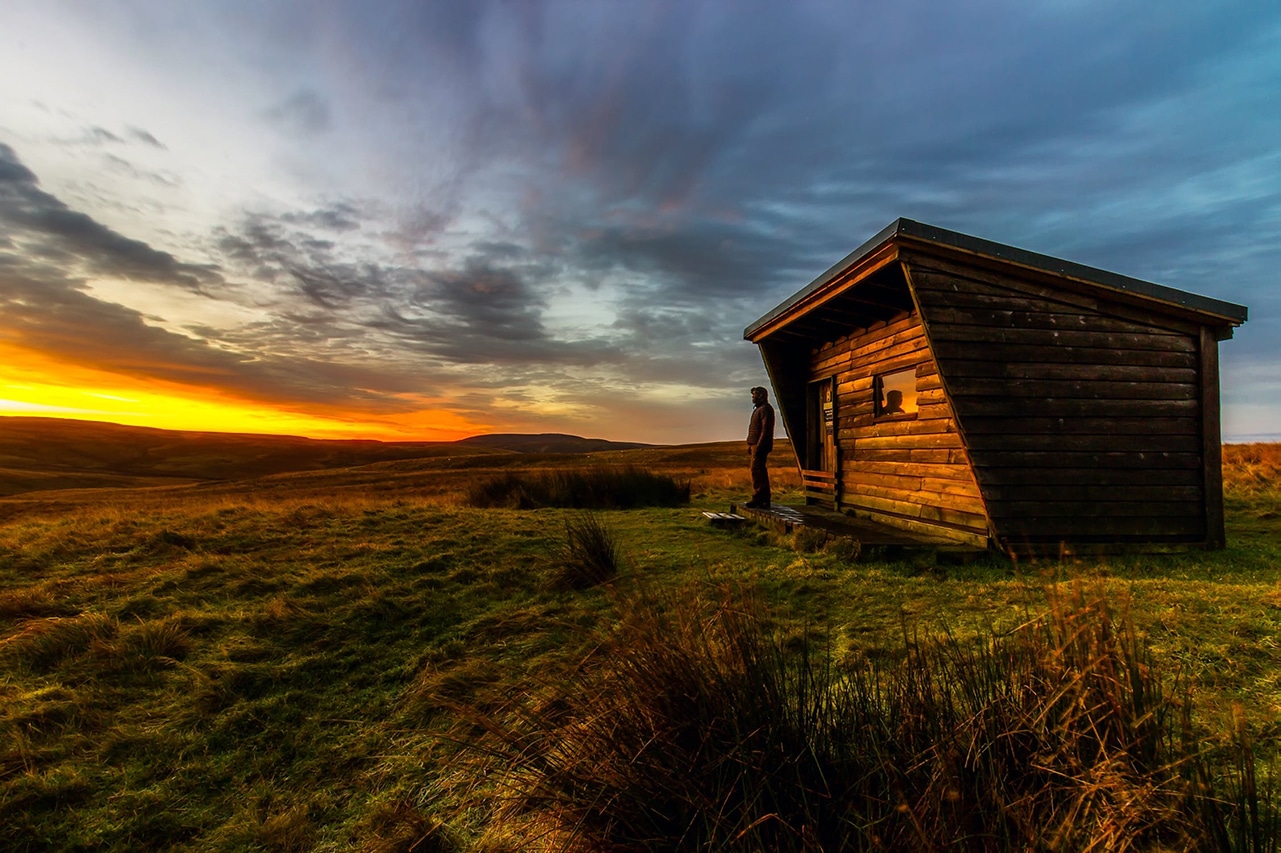
[Photo: Via Pexels]
On wheels? On a foundation? Maybe a shipping container remodel? These are the best options for thinking big and living small.
Sustainability, de-cluttering, a goodbye to mortgages, smart minimalist design, universal housing: The tiny house phenomenon checks just about every box that the eco-conscious, design-savvy generation has come to prioritize. True tiny houses have an undeniable novelty hook—cozy is cute, and these mini-abodes are indeed endlessly Instagrammable—but they wouldn’t have spawned as genuine movement if tiny houses didn’t also deliver the goods.
And a movement it truly is: There are tiny home builders based all around the globe, and home buyers looking to reduce their environmental/residential footprint can find multiple tiny home builders in every state of the union. With so much interest and so many manufacturers available, you’d probably imagine that a corresponding plethora of design options exists for the small-minded (so to speak) consumer—and you’d be exactly right. So let’s take a tour through some of the best tiny house design options on the market. Climb aboard.
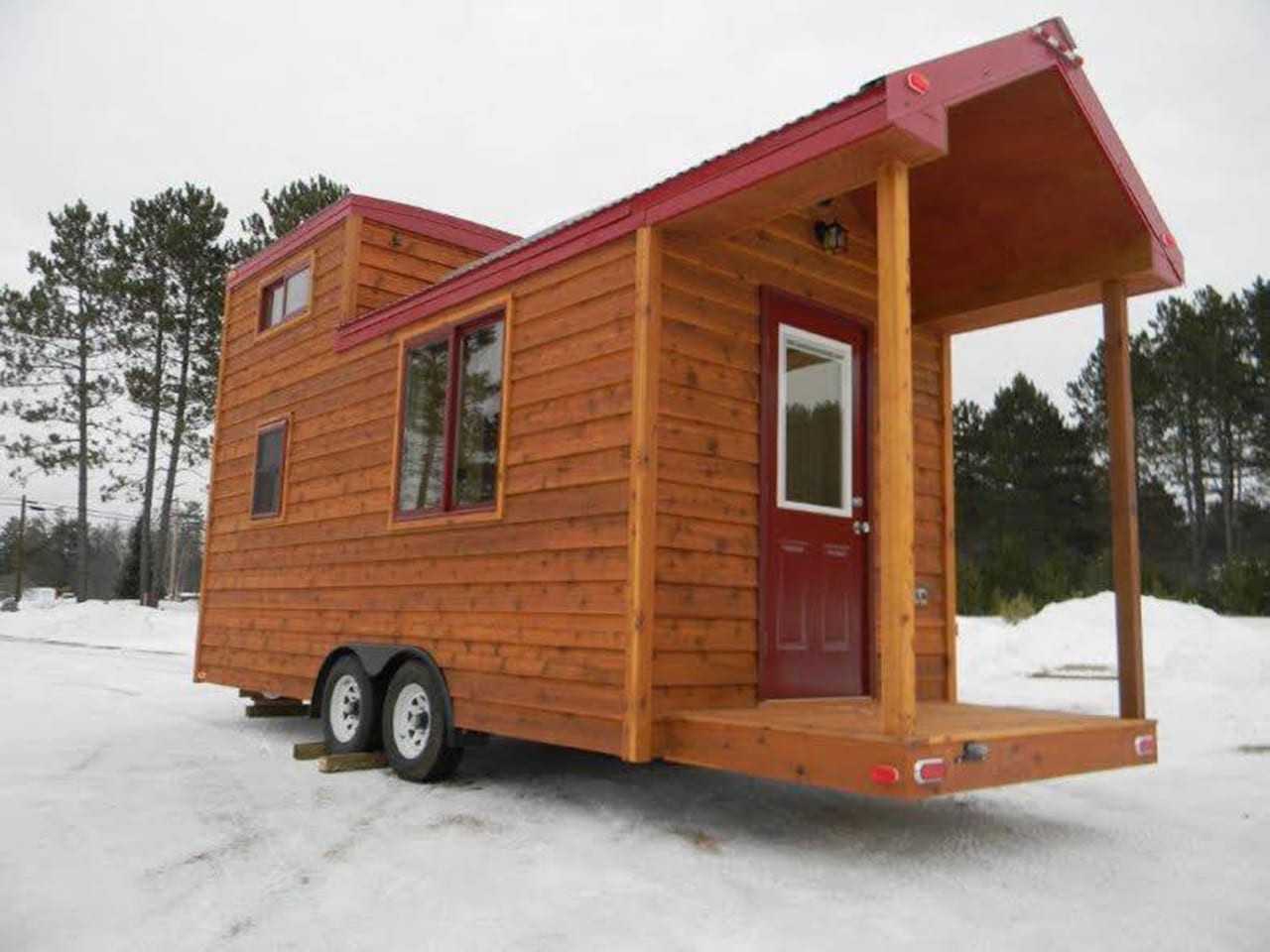
[Photo: Jeff’s Tiny House on Wheels via Facebook]
Tiny Houses on Wheels
At first blush, the strongest selling point of a tiny house on wheels seems obvious enough: Wheels equal mobility. Indeed, the movability afforded by a mobile home—but far more durable, better built, and infinitely more eye-catching than the traditional mobile home—is a major feature. But the wheels also offer a creative end around against some municipal restrictions. Owners can register their homes through the recreational vehicle code, which doesn’t have the same rigorous rules—particularly in terms of square footage—that traditional building codes and zoning regulations often do.
And unlike your conventional RV or trailer, tiny homes on wheels offer high-quality insulation with comparatively low thermal costs, they incorporate more resilient materials into their design, and they make a good long-term investment. They also look much better, providing a deeper sense of home, and, with some even sporting two levels, a far better approximation of true home design.
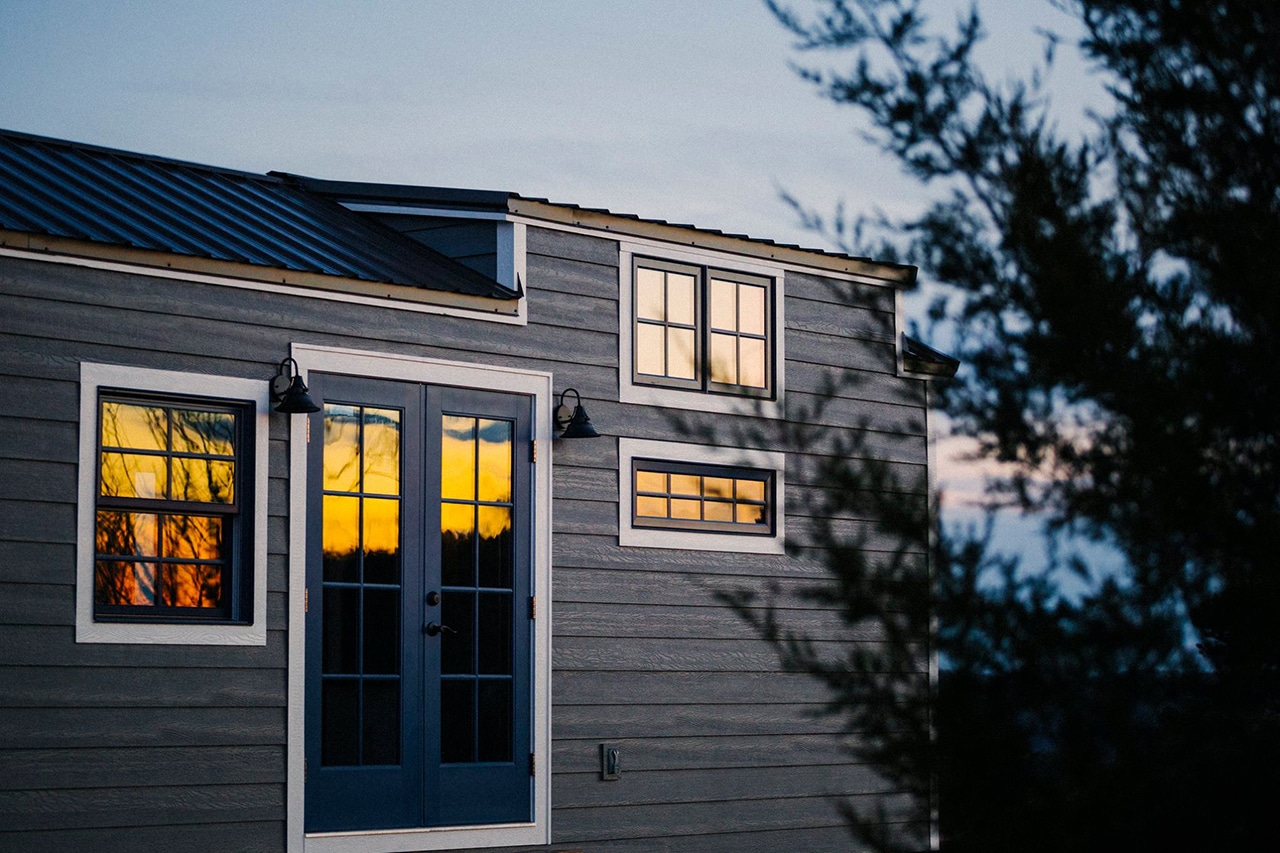
[Photo: Wind River Tiny Homes via Facebook]
Tiny Houses on a Foundation
While a home on wheels can sometimes be a great way to skirt residential codes, it’s not a one-size-fits-all solution. The fact is that, depending on where you decide to plant your diminutive domicile, a recreational-vehicle code could backfire; some rules prevent homeowners from taking up permanent residence in a mobile home/vehicle. If that’s the case where you live—or plan to live—you might want to go with the foundation option. (That option comes with its own bureaucracy to navigate, of course, namely having to determine if your tiny home needs to be registered as an accessory dwelling unit—or ADU—to a larger existing unit, but several more forward-thinking cities and states are taking steps to mitigate such red tape.)
A foundation-based house generally offers a wider design option than a wheels house, since builders don’t have to conform to a specific base. You’ll find everything from tiny houses on stilts, to protect from floods, to the famous Hut on Sleds by Crosson Clarke Carnachan Architects in New Zealand, which incorporates a sled foundation that allows the structure to be towed back in accordance with erosion-zone requirements. Other options include:
Prefabricated Tiny Homes: Shipped directly to the purchaser and made to assemble, prefab homes, by manufacturers like Kanga Rooms, are a popular option.
(Not So) Tiny Homes: Companies like Maximus Extreme Living are part of a growing subset of tiny homes built with larger and taller occupants in mind.
Multi-Story Houses: Tiny isn’t synonymous with ranch or single story. Perhaps the most awe-inspiring example of this concept is TiltCabin’s two-story vertical tilt.
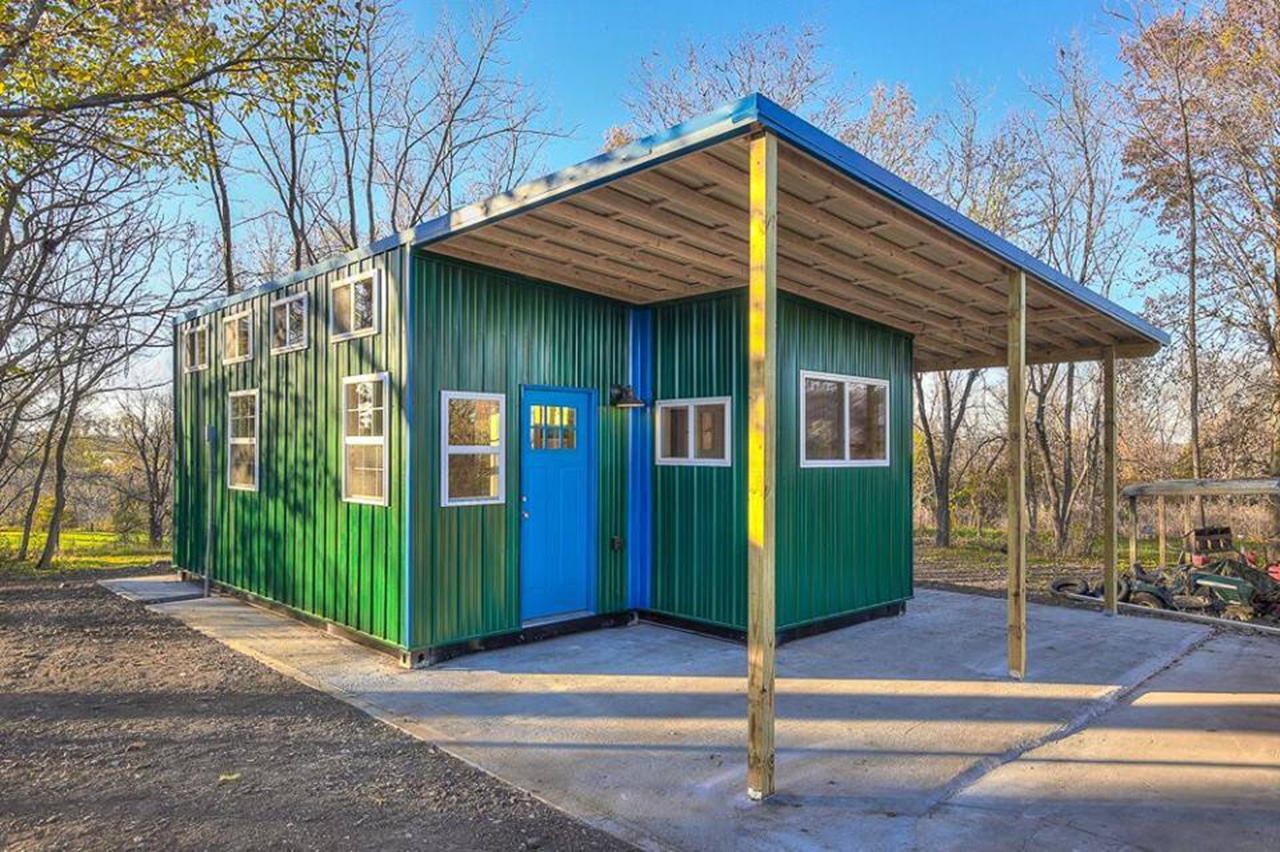
[Photo: Via Custom Container Living]
Shipping Container Houses
Clever repurpose-minded builders have found a multitude of secondary uses for the humble shipping container. We’ve seen them transformed into offices, pop-up markets and stores, and, of course, tiny houses. There’s an ease of entry when it comes to container houses. While customization is an option, container houses come in two standard sizes: 8’x20’ and 8’x 40’ sizes. The 40-footer also sometimes comes in a higher 9.5’-high version on which a loft—for storage or sleeping—can be appended.
There’s also a robust online community where enthusiasts can swap plan, renovation, and procurement ideas. Perhaps the main reason the shipping container house seems so approachable is that they’re literally a click away. There are at least a dozen prefabricated options available on Amazon. Here’s a sample of options:
Cabin: Perhaps the most popular shipping container design, the cabin is a natural design fit for the material given its size specs. They look great and at their best are truly transformative.
Expandable: Manufacturers like Weizhengheng have made strides in developing shipping container houses that are modular and expandable, with fold-in and –out features that allow the space to reduce or expand its size by two thirds. Check out this video to see the idea in action.
Garden House: Container home manufacturers can cram a lot of amenities into their small dimensions, with some designs sporting a bedroom, kitchenette, and bathroom. But given the issue of compactness, many renovators opt for the garden house style. Allwood Arlanda’s natural light–filled 180-square-footer is a good example.
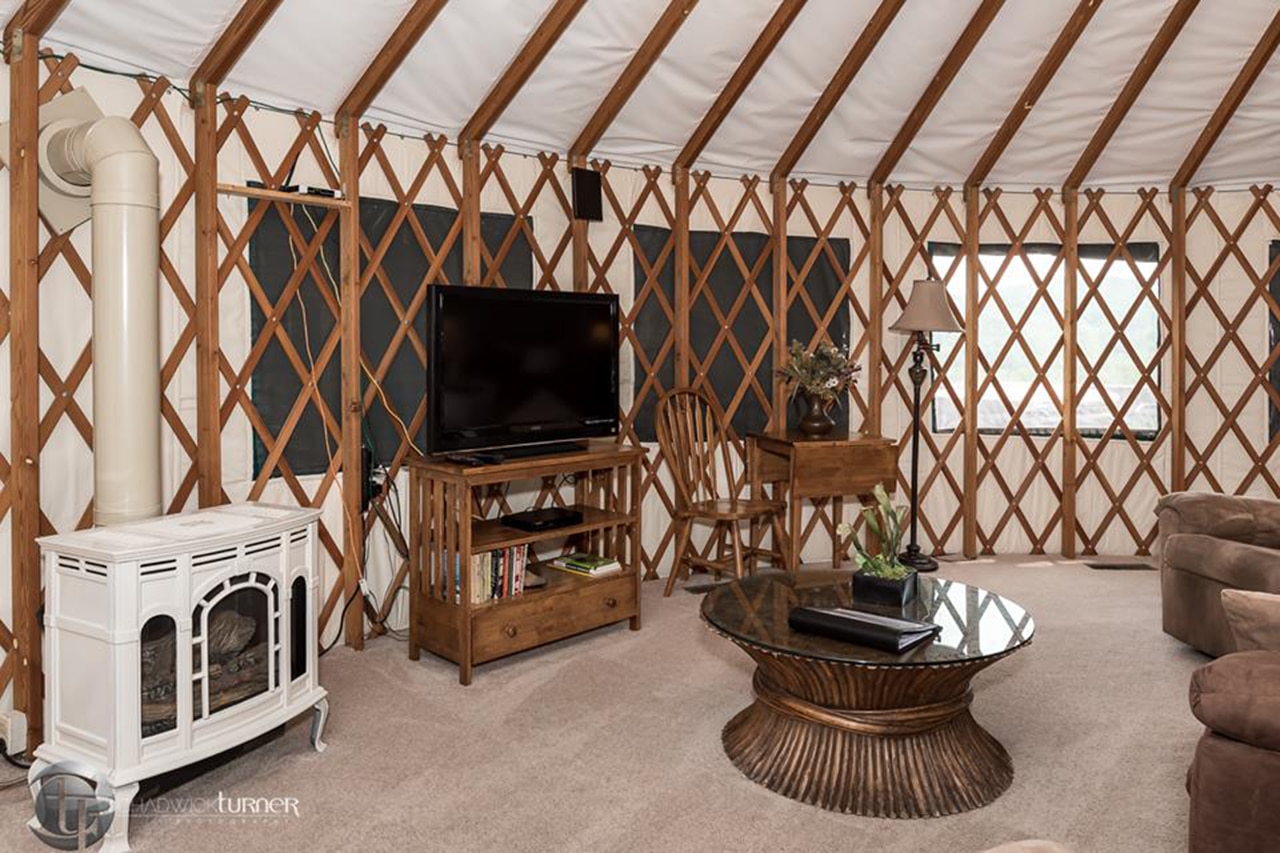
[Photo: Pacific Yurts]
Yurts
Probably more readily associated in North America with the glamping trend or temporary homeshare rentals, the yurt has nonetheless slowly established itself as a permanent housing option for the adventurous. A staple of nomadic cultures in Central Asia for centuries, yurts—or gers in Mongolia—are round, tent-like structures made of wood or steel beams that are covered in canvas.
Yurts landed in the Western imagination in the late 1960s courtesy of William Coperthwaite after the simplicity-minded entrepreneur read a feature about Supreme Court Justice William O. Douglas’s travel in Mongolia. Styles include the traditional Mongolian, bell tents, and large occupancy.
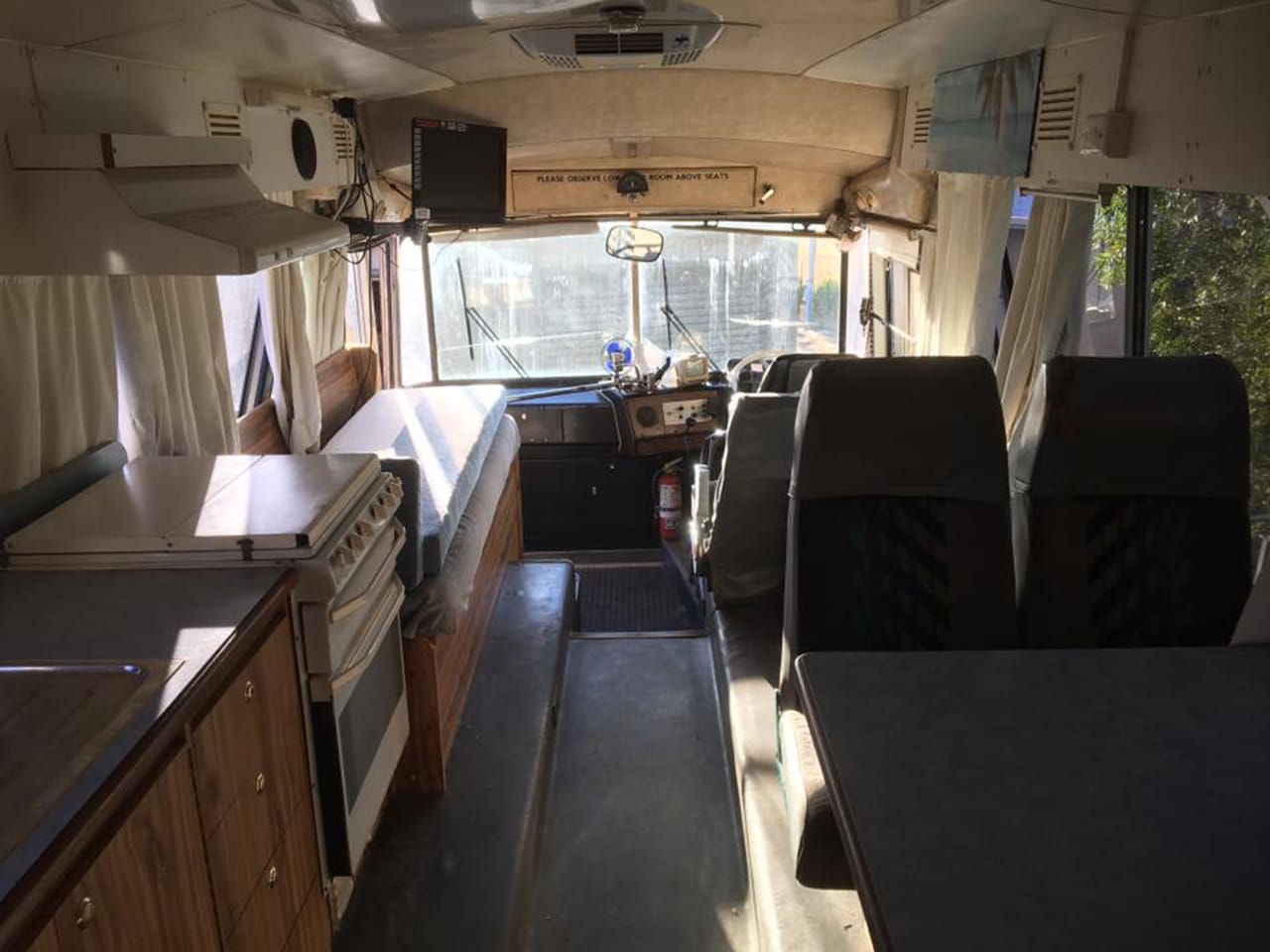
[Photo: Big Bertha Extreme Makeover]
Bus Conversion
A source-specific and charming twist on the Tiny House on Wheels, more and more small-home advocates are getting on board, as it were, with the bus conversion option. There are a few reasons for the trend’s popularity. For one, they look fantastic. The familiarity of the exterior with the homey-vibe rehabbed interior makes for a striking juxtaposition.
Another reason is cost; used buses generally cost a couple thousand dollars, according to those who have written about their experiences, and a bus redo boasts a degree of magnitude more personality than, say, an off-the-lot RV or conversion van. When approached with the proper amounts of inspiration and investment—perhaps most famously seen in Midwest Wanderers’ cozy, design-forward retrofit—the results are stunning.
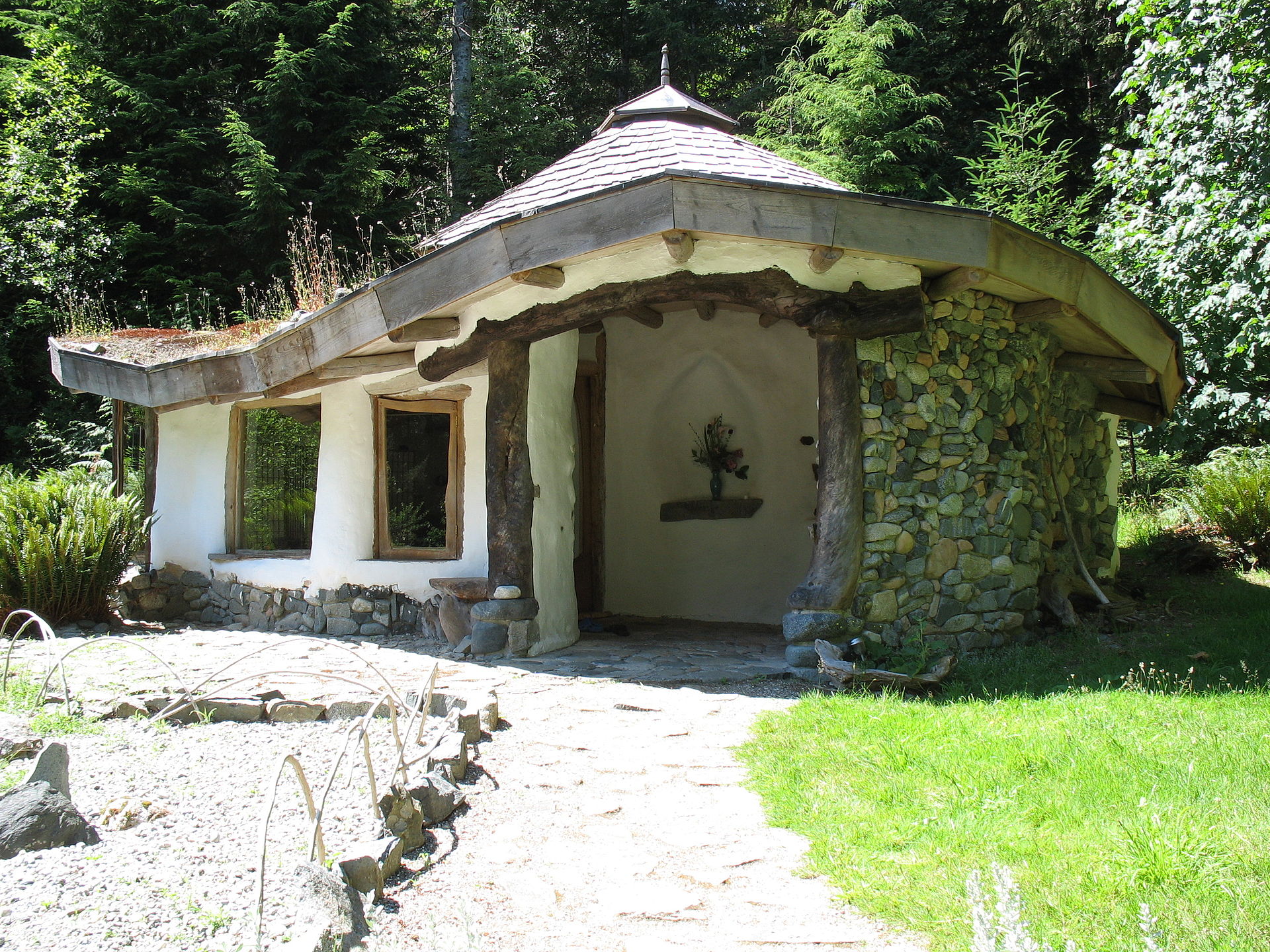
[Photo: A cob house in the Pacific Northwest via Wikipedia]
Cob Houses
Not unlike the yurt, here’s another example of an age-old technique that has made its way into the hearts and sketchbooks of contemporary tiny-home designers. Cob houses utilize the aggregate building material of clay, sand, straw, and water, and are a great option for resourceful, hands-on builders who live for a project. (As you might suspect, finding a prefab earthen house is tricky.)
Neophytes will have to do a fair amount of studying up in order to properly nail the foundation, drainage, and wall structures, and it’s certainly not the most scalable option. (Those turning toward tiny houses as a solution to large-scale homelessness will certainly want to consider other options on this list.) But independent builders in search of the most ground-up experiment will likely love the challenge.
